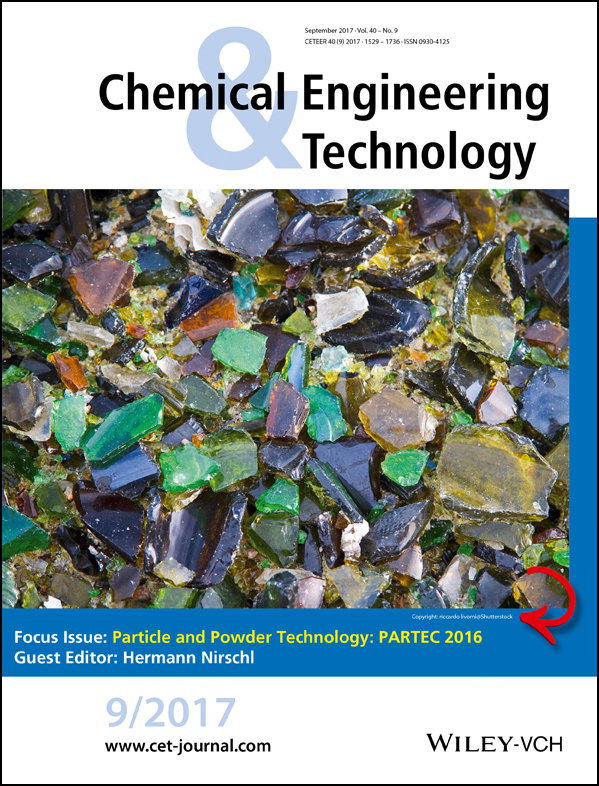Characterization of Powder Layer Dustiness – Influence of the Deposit Thickness
Abstract
The release of dust during powder processing is generally an undesired process and product property that needs to be controlled. Dustiness has so far been neglected to be appropriately addressed as a product property in application technology. To measure the redispersion of dust from a particle layer deposited on a surface, the redispersion dust in a double-pipe system (RDDS) device may be used that has been developed for controllable redispersion of deposited dust from surfaces. Different particulate deposits, varying the deposit morphology and thickness, have been generated here by means of an electrostatic precipitator. For different particulate test materials a significant influence of the powder layer formation on the powder redispersion and dustiness has been found.




